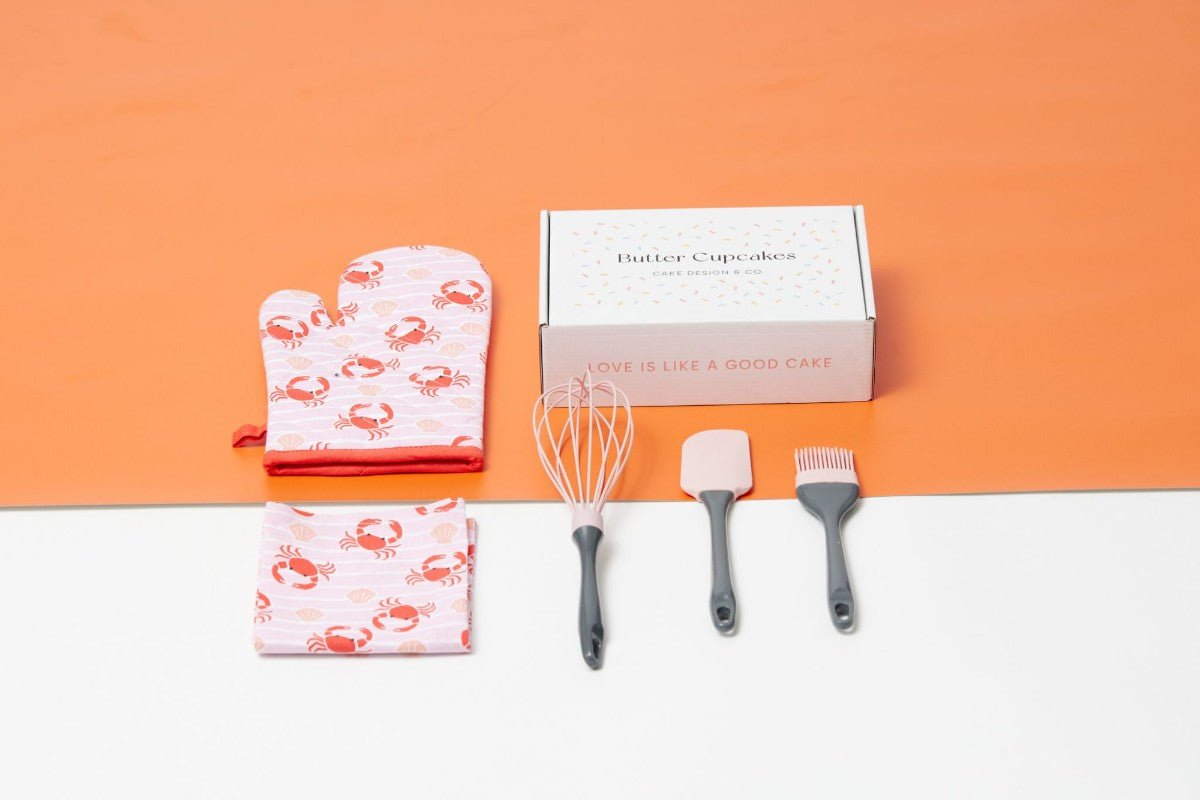
In a crowded marketplace, telling a compelling story about your product can set you apart from the competition and captivate customers. But how do you create a narrative that truly resonates? In this blog post, we will explore the art of storytelling in packaging and share practical tips on how to tell a story about your product that captures attention. Be prepared to connect with your audience on a deeper level, create emotional connections, and leave a lasting impression through your packaging and brand messaging.
The story of how your business came to be is very important to your brand identity and sets the tone for how you connect with your customers.
For a start-up or a small business, their story is all the more important in promoting their products so coming up with a clever way of telling their brand's story is essential.
When we think of brand stories that impact us through the years, we think about SoulCycle's Find Your Soul campaign along with Nike's Equality one and Dove's Real Beauty Sketches. What do these stories have in common? They're all heartfelt and they tap into one's humanity.
Do you want your brand story to have the same indelible result? Here are a few tips you might want to follow:
Set the tone
Your brand story can be cheeky, romantic, suspenseful - whatever you choose. It's the perfect way to tie up your story while keeping it real and describes the journey before ultimately finishing off with a satisfying ending.
"It all started when I found out I had a gluten intolerance."
Find a hero
You need a visual representation for your story, your brand, someone who drives the brand story home, someone whom everyone can relate to and cheer on. Your hero, however, does not need to be a product of fiction. Most of the time, the best hero for any story - in life and in business - is you.
"I tried artisan cupcakes and specialty bakes but my palate cried out for the real thing."
Keep them hooked
Cliffhangers are a great way of keeping your audience hooked, coming back for more. You can develop the plot and take your readers on a journey but keep the key points close your chest.
"That fueled my desire to make my own gluten-free cupcakes but where and how do I start?"
Tell, don't sell
No one likes being sold to at every turn. Some people find it off-putting no matter how crafty you try to do it. Tell your story without selling anything. You can highlight your product, outline your struggles but hold off on selling. You can do that some other way. This time, you're just telling your story.
"I explored every recipe, tried out every variant I could find until I came up with a selection that I liked and I knew my customers will like."
Partner up
Everyone loves a good teamwork and finding a partner, a reliable supplier who shares your principles and vision for your business helps in making your story more relatable.
"I found PackQueen's cupcake boxes and that they offer wholesale pricing for bulk orders, I knew I found a long-time partner in establishing my business."
This can be a win-win partnership as well. You can use your brand story to promote your partner or supplier and they can return the favour.
Tag the heart
Use taglines in teasing up the story. Use old pictures and evoke emotion by taking your audience back in time as you recall fond memories of how your business came to be. Everyone loves getting sentimental and going down memory lane. You might as well take the walk with them.
Everyone loves a good story and there are a few things better than knowing how regular people became business owners because of their experiences. Stories like this make the audience feel that if you can make it and succeed, they can to so, open up.
Share your story, generate interest in your product and your brand and encourage people to make their dreams come true just as you have done.
